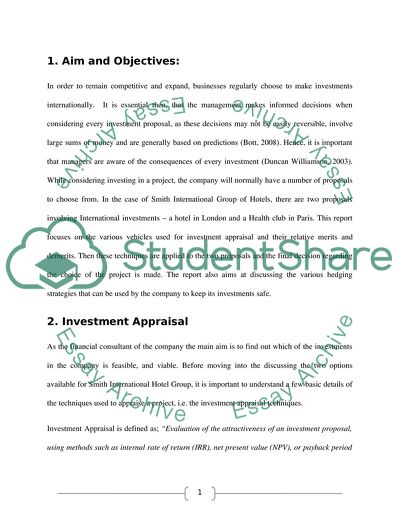Cite this document
(International Investment: Importance of Investment Appraisal Case Study, n.d.)
International Investment: Importance of Investment Appraisal Case Study. Retrieved from https://studentshare.org/finance-accounting/1734965-ibf
International Investment: Importance of Investment Appraisal Case Study. Retrieved from https://studentshare.org/finance-accounting/1734965-ibf
(International Investment: Importance of Investment Appraisal Case Study)
International Investment: Importance of Investment Appraisal Case Study. https://studentshare.org/finance-accounting/1734965-ibf.
International Investment: Importance of Investment Appraisal Case Study. https://studentshare.org/finance-accounting/1734965-ibf.
“International Investment: Importance of Investment Appraisal Case Study”, n.d. https://studentshare.org/finance-accounting/1734965-ibf.


